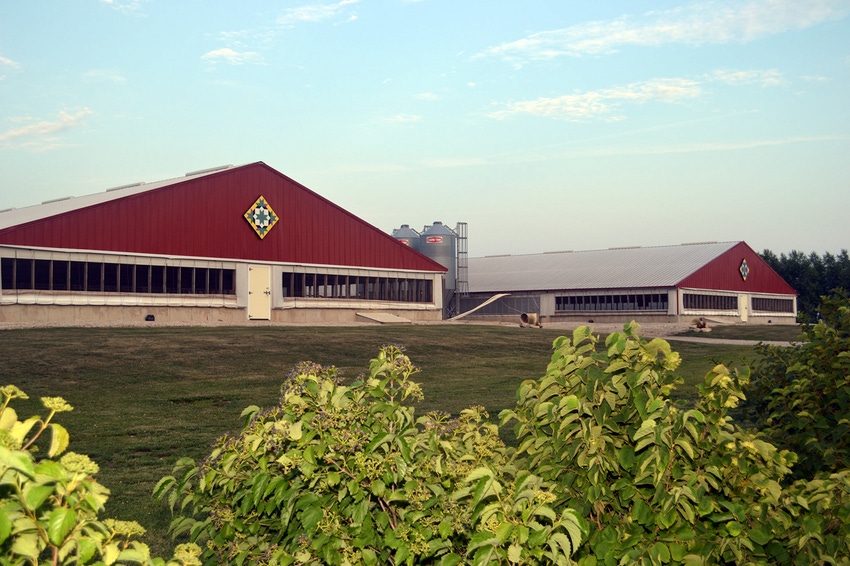Finding reliable, relevant information is more than just a quick search on the internet.
March 22, 2017

Source: Hubbard Feeds
Data are simply raw, unorganized numbers. However, when organized, analyzed and presented, data become useful information. There is a lot of data and information out there. How do you decide if it’s relevant to you? How do you know if it’s reliable? You need to know the “data” about the data.
Reliable, statistically significant research, whether done in house or by others, is an important part of Hubbard’s swine nutrition program. Here are a few areas our nutritionists consider when evaluating a research trial or report.
1. Is the topic relevant to what you’re doing on your farm?
There is a lot of science out there that can get overwhelming, but there is also a lot good information that can help with things such as what feed ingredients to feed, how to market pigs or get the most growth. Technical service people are great references for finding the “data” that apply to you.
2. Who is the source of the research?
Think about why the data was collected and presented. Research should be unbiased and factual with a specific question that is being answered. Make sure that data come from a valid source and those doing the research have knowledge and experience in the topic they’re reporting on. If the information is from a scientific journal, research can come from universities, feed companies, etc. In this case, researchers are required to conduct studies that meet high standards to be published. Data must also be analyzed using statistical analysis software to validate the findings. The information is peer reviewed and regarded as accurate. Whereas, some of the information from websites or magazines might not be trustworthy and have no actual data to support the claims.
3. When was the research conducted?
Look to see when it was published and if it still applies in today’s agriculture. Out-of-date information may not be of value right now. Good researchers will consistently shape their research around what is happening in the real world. There are new technologies being developed all the time and it’s always a good idea to keep informed on the latest developments.
4. Where is the data from?
Data from a large barn with multiple pigs per pen and maintained as a commercial facility, will be more useful to a producer who has similar facilities and situations. Data collected from a small farm where pigs were housed outside, will likely have little relevance to that same producer.
“There are several things to consider when trying to determine if the information presented is reliable,” states Sharlie Hansen, research data specialist with Hubbard Feeds. “Look at the number of treatments and how many replications there are for each treatment. The more replications there are, the more repeatable the response. Look for low standard deviations, standard errors or coefficients of variation (CV) numbers as this indicates low variation in data, making it more reliable. For example, in the nursery, you should look for CVs less than 5.0 on ADG, ADFI or FG. If background research was used as a basis for the information in the article, references should be included. This allows for validation of similarly conducted studies and adds credibility.” All of these factors are taken into account as Hansen prepares Hubbard research summaries to present to customers and industry partners.
As a final reminder, finding reliable, relevant information is more than just a quick search on the internet. Taking a little more time to think about the what, who, when and where of data will benefit your business and save more time, and perhaps money, in the long run.
You May Also Like



